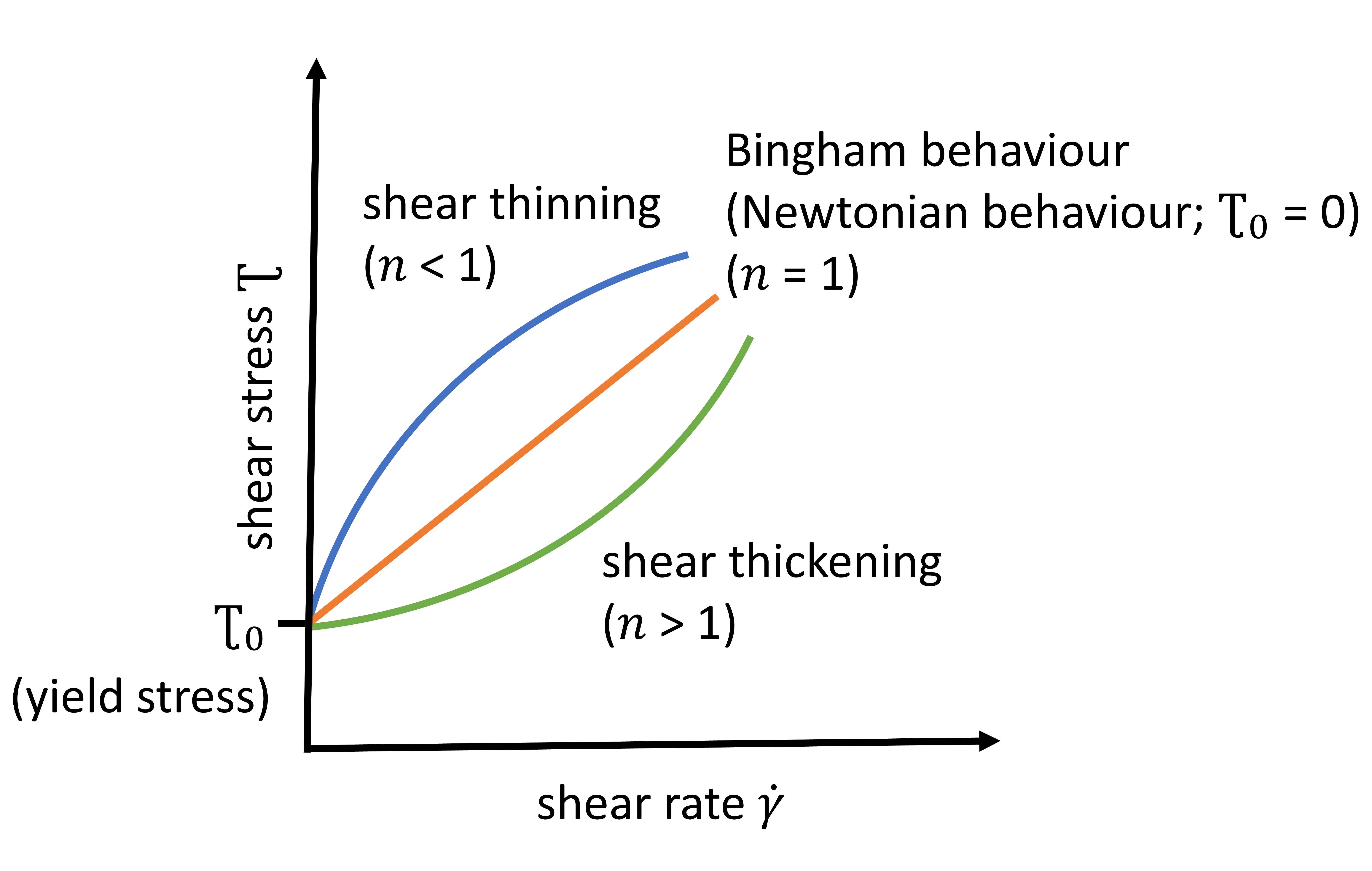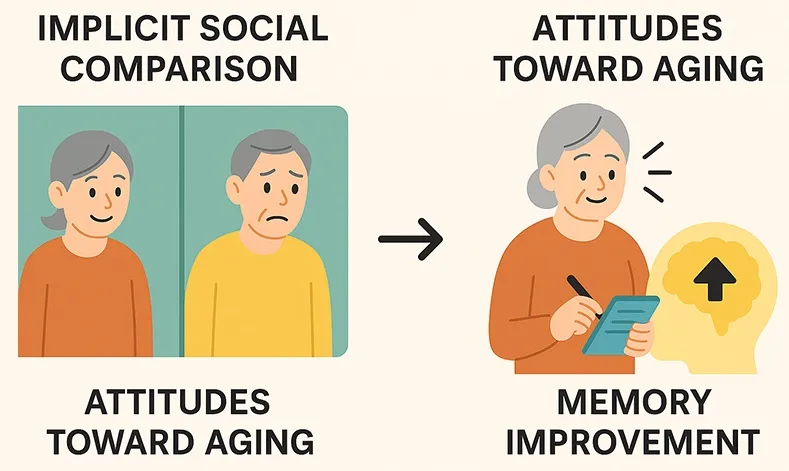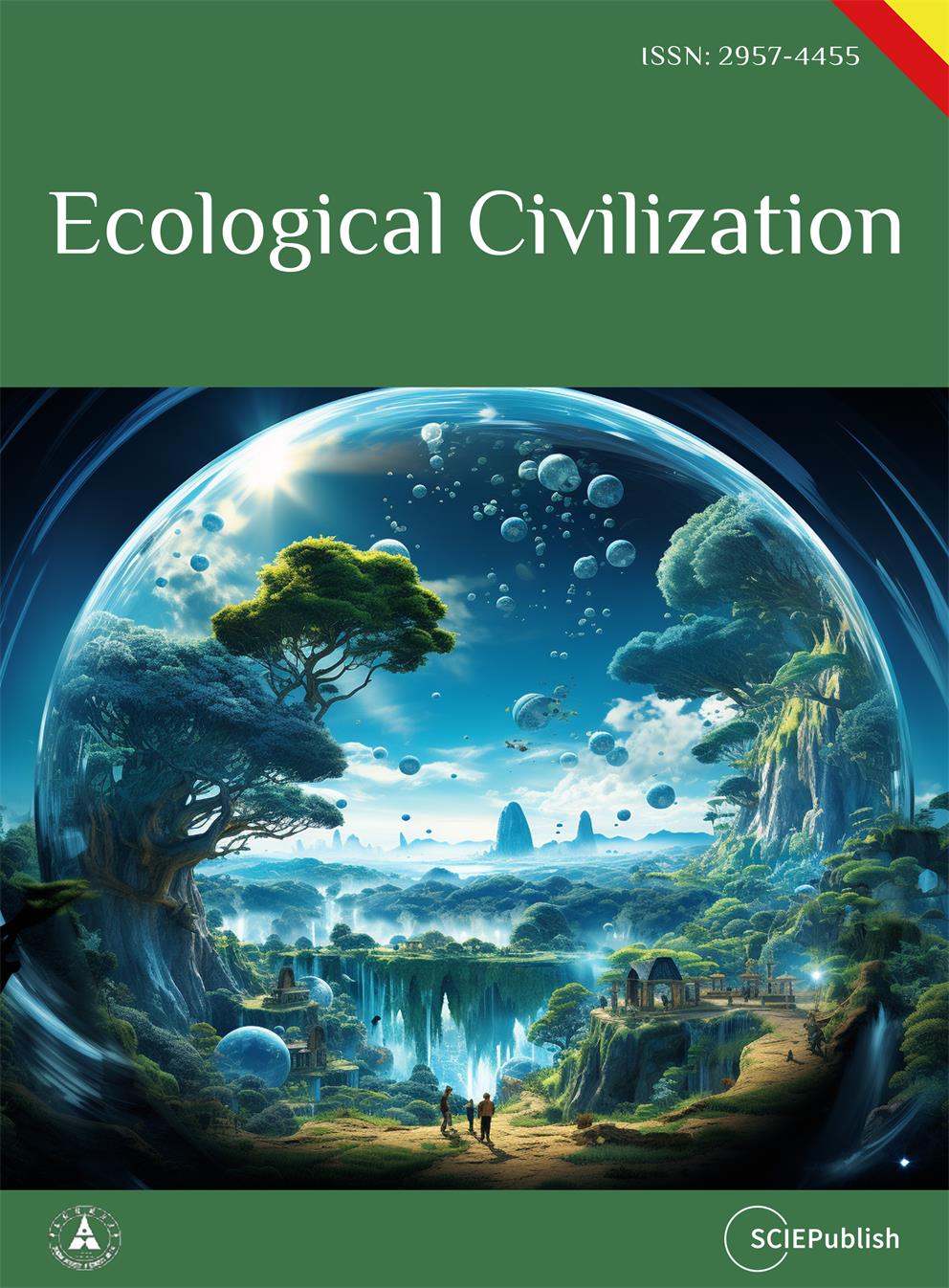Artiles
Open Access
Article
18 November 2025Turbulent Characteristics in an Egg-Shaped Orifice Fishway and a Comparison with a Rectangular Orifice
A fishway can assist fish species in overcoming barriers to migration, which depends on the eco-hydraulic characteristics of the fishway. Based on the tail fish benefiting when at the rear of a school than when at the front, and taking into account most anadromous fish species being characterized by egg-shaped morphology, the turbulent characteristics of an egg-shaped orifice fishway were experimentally studied in a fishway flume, a comparison with a rectangular orifice fishway with the same aspect ratio was made. The results showed that the maximum longitudinal velocity for the egg-shaped orifice decays faster than that for the rectangular one, the longitudinal velocity profile exhibits two peak values, while the corresponding velocity distribution for the rectangular orifice only reveals one peak, peak values of turbulence intensity on the different horizontal plane of egg-shaped orifice occur in the orifice edges, the larger turbulence intensities still exists in the central besides the edges for the rectangular orifice, Reynolds stress reaches peak value at the orifice edges, Auto-correlation coefficient of longitudinal velocity within orifice region is of small amplitude and short period relative to the outside the orifice region, microscale eddies within the orifice region were larger than those outside, mean scale of eddy is of larger variation and shorter period, and develops outside the orifice region, frequency-spectrum of velocity fluctuation exhibits dominant frequency in the low-frequency domain.

Open Access
Article
18 November 2025Effects of Changing the Specific Surface Area in the Ceramic Matrix of CAC-Containing Refractory Castables on the Rheology and Processing
Besides the coarse and medium grain size distribution, the matrix components play a central role in the performance of refractory castables. Practical experience shows that the particle size distribution (PSD) and the specific surface area (SSA) of the ceramic matrix significantly influence processing, setting, and sintering behaviour. However, there is a lack of systematic studies on how changes in PSD or SSA affect castable properties. This study aims to address this gap by varying ceramic matrices to create model refractory castables with different matrix surface areas. Three dispersing agents with different mechanisms (electrosteric and steric) were used at graded concentrations. Results show that the SSA of the ceramic matrix has a significant influence on the rheological behaviour of refractory castables. A low SSA leads to shear thickening behaviour, a (very) low relative yield stress, and a high slump‑flow. Castables with an intermediate SSA and a multimodal composition show Bingham behaviour with a moderate relative yield stress and low relative viscosity, whereas a high SSA leads to shear thinning behaviour with a (very) high relative yield stress, (very) high relative viscosity, and a low slump-flow. Measurements of the dynamic viscosity of matrix suspensions at very low shear rates correlate with the rheological behaviour of fully composed refractory castables. Regression analysis using the Herschel‑Bulkley model successfully captures the observed qualitative relationships.

Open Access
Review
17 November 2025Enzyme-Mediated Carbon Dioxide Fixation: Catalytic Mechanisms and Computational Insights
Carbon conversion technologies that transform carbon dioxide (CO2) into high-value chemicals are pivotal for achieving sustainability. Among these, enzyme-mediated CO2 fixation has recently gained increasing attention as a more sustainable and environmentally friendly alternative to traditional chemical methods, which typically require harsh conditions and impose significant environmental costs. Recent advances in computer-aided techniques have greatly facilitated the mechanistic understanding of CO2-fixing enzymes and accelerated the development of enzyme-catalyzed carboxylation strategies. This review highlights recent progress in enzyme-mediated CO2 fixation by categorizing key enzymes into four classes based on their cofactor or metal ion requirements: cofactor-independent enzymes, metal-dependent enzymes, nicotinamide adenine dinucleotide phosphate (NAD(P)H)-dependent enzymes, and prenylated flavin mononucleotide (prFMN)-dependent enzymes. We outline the basic principles and applications of molecular dynamics (MD) simulations and quantum mechanical (QM) calculations, which serve as essential tools for investigating enzyme conformational dynamics and reaction mechanisms. Through representative case studies, we demonstrate how computational analyses uncover catalytic features that enhance CO2 conversion efficiency. These insights underscore the critical role of computer-aided approaches in guiding the rational design and optimization of biocatalysts, thereby advancing the application of enzyme-based systems for CO2 fixation.

Open Access
Article
17 November 2025Effect of the Temperature within the Building Chamber on the Tensile Strength of TPU and ABS Materials
Fused deposition modeling (FDM), also known as fused filament fabrication (FFF), is the most widely used additive manufacturing technique because it offers several key advantages: material flexibility, low cost, high prototyping precision, and ease of use. The mechanical properties of 3D printed products depend on many factors, and one of the most important is the complete control over the temperature within the building chamber. However, research on the influence of chamber temperature is still minimal. This research probes the impact of chamber temperature on the mechanical properties of the printed material, precisely the thermoplastic polyurethane (TPU) and acrylonitrile butadiene styrene (ABS) materials, by using the FFF printing method. This research analyzes the tensile strength of TPU and ABS printing materials by testing printed samples at three different building chamber temperatures (30, 45, and 60 °C). From the analysis data, the study shows that the effect of building chamber temperature on tensile strength of printed parts, and also recommends that to have the best tensile strength for printed parts, the building chamber temperature of both TPU and ABS should be between 30 and 45 °C.

Open Access
Article
17 November 2025Implicit Social Comparison: An Effective Approach to Promote Positive Attitudes Toward Aging Among Older Adults
Previous studies have consistently demonstrated that positive attitudes toward aging are associated with better psychological well-being and cognitive performance among older adults. Building upon these findings, the present study focused on memory improvement as a direct indicator of cognitive benefit derived from more positive self-perceptions of aging. Specifically, we examined whether an implicit social comparison manipulation could enhance older adults’ memory performance by altering their attitudes toward aging. A total of 161 community-dwelling older adults (M = 66.88 years) were randomly assigned to one of five conditions: Better-self (downward comparison), Worse-self (upward comparison), Equal-good, Equal-bad, and Control. In four experimental conditions, an adopted directed-thinking task was used to activate attitudes toward one’s own and peers’ aging in different combinations, implicitly triggering upward or downward social comparisons. Attitude toward own aging (ATOA), attitude toward peers’ aging (ATPA), self-superiority (ATOA–ATPA), and memory performance were assessed before and after the manipulation. Results showed that significant changes in self-superiority were found only under the two contrast conditions. Specifically, self-superiority increased in the Better-self group and decreased in the Worse-self group. Moreover, the Better-self group demonstrated greater memory gains than the Control and Worse-self groups. These findings suggest that implicit downward comparison can serve as an effective, non-defensive strategy to strengthen older adults’ self-perceptions of aging and to produce short-term improvements in memory. The study extends prior research on social comparison in old age by linking its psychological and cognitive effects within a single experimental framework.

Open Access
Review
17 November 2025Self-Directed Learning Across the Lifespan Regarding Psychological Flow—A Topical Assessment of Recent Publications with High Recall and High Precision
Csikszentmihalyi’s psychological flow and self-directed learning have a well-researched and direct connection. Lacking is an investigation of this relationship across the lifespan—the aim of this review. A search of seven primary databases and one supplementary database (searched eight different ways) with the keywords “self-directed learning, lifespan, psychological flow”—for English-language empirical research studies in peer-reviewed publications—provides this assessment of recent publications with high recall and high precision. The hypothesis is that distinct topics are recognizable, concerning the relationships among self-directed learning, lifespan, and psychological flow, regarding how self-directed learning promotes psychological flow throughout the lifespan. As a quasi-scoping review, the standardized PRISMA-ScR is the methodology. The supplementary database search, without Boolean functions, and yielding the highest returns, produced the five results included. Corroborating the hypothesis, three Csikszentmihalyi-inspired topics synthesize the results: (1) feeling better in the moment, (2) body and mind are in harmony, and (3) improving the quality of life. Based on the synthesis, the level of meaning the learner ascribes to their work determines the relationship among the three keywords. The conclusion is that the relevance of flow to self-directed learning throughout the lifespan depends on learner engagement in supporting their work-related purpose and meaning regarding the learning material.

Open Access
Article
17 November 2025The Reconstruction of China’s Land-Based Marine Pollution Governance under the Concept of “Rights of Nature”
Under the concept of “Rights of Nature”, the governance of land-based marine pollution in China faces unprecedented opportunities and challenges. Traditional governance paradigms are predominantly anthropocentric, treating the ocean as a resource to be utilized. From this perspective, governance measures for the prevention and control of land-based marine pollution primarily rely on administrative management and end-of-pipe treatments. Within this context, “Rights of Nature” provide a new pathway for marine ecological protection. However, promoting a shift in land-based marine pollution governance from the traditional anthropocentric view to an eco-centrism under the “Rights of Nature” concept is by no means an instantaneous process, and it must proceed gradually and systematically. Currently, China’s institutional framework for preventing and controlling land-based marine pollution remains dominated by the anthropocentric paradigm. Furthermore, it encounters multiple difficulties across many key areas, including the legal system, law enforcement mechanisms, relief mechanisms, and public participation. Issues such as poor coordination within the legal framework, fragmented law enforcement, lagging legislation related to ecological restoration, and insufficient public participation significantly constrain the effectiveness of land-based marine pollution governance. Given the fundamental differences between anthropocentrism and “Rights of Nature”, directly introducing this concept would likely have a substantial impact on China’s existing legal framework. Therefore, at the current stage, China could first incorporate the proposition from the “Rights of Nature” concept that nature possesses “intrinsic value independent of human use or perception”. This involves weakening the perception of the ocean as a mere appendage to human activities, recognizing and respecting the unique value of the ocean as a living entity and ecosystem at a conceptual level, and gradually forming a set of nature-friendly governance paradigms for land-based marine pollution that respect the intrinsic value of nature. This approach can ultimately drive transformative practices in China’s land-based marine pollution governance.

Open Access
Review
14 November 2025Advancements in Hybrid Abrasive Flow Finishing: Fundamentals, Technological Developments, and Industrial Applications in Precision Manufacturing
Hybrid-Based Abrasive Flow Finishing (HAFF) represents a significant evolution in precision manufacturing, particularly in addressing the inherent limitations of traditional finishing techniques when dealing with complex geometries and challenging materials. HAFF achieves remarkable precision in managing particle motion by blending state-of-the-art energy inputs and mechanical reinforcements, including sonic vibrations, electromagnetic influences, and beam-guided supports, which accelerate the pace of material extraction and elevate the overall finish of surfaces. This paper comprehensively reviews various HAFF approaches, including energy-assisted methods (e.g., electrochemical, ultrasonic, and laser), force-assisted techniques (e.g., magnetic, hydrodynamic, and vibration), and hybrid energy-force integrated systems. Recent advancements, such as cryogenic-assisted, rotational-assisted, and magnetorheological-assisted AFF, are also discussed in this review. Recent studies from 2023 to 2025 highlight improvements in material removal rates of up to 80% and reductions in surface roughness of over 90% across various HAFF variants, underscoring the timeliness of these developments. Incorporating diverse power sources and mechanical aids into HAFF allows for exact oversight of particle interactions, speeding up the removal of excess material, refining the exterior finish, and broadening its utility across detailed designs and tough-to-process substances. Despite significant progress, challenges persist in scaling HAFF processes for industrial applications, improving cost efficiency, and implementing effective real-time monitoring systems. The future trajectory of HAFF research will focus on the development of innovative abrasive media, advanced automation technologies, artificial Intelligence techniques, and sustainable manufacturing practices. This study examines all existing HAFF technology solutions and evaluates product applications for aerospace, automotive, medical equipment, and micro-manufactured devices. The discussion highlights the industries that require more advanced technological investigations.

Open Access
Article
12 November 2025Topological Optimization for Environmental Sustainability in Civil Engineering Structures Design
The increasing demand for sustainable and cost-efficient construction highlights the need to minimize material consumption in civil engineering structures without compromising safety or performance. This study investigates the optimization of steel purlin cross-sections in metal buildings as a means to enhance structural efficiency and environmental sustainability. Finite Element Analysis (FEA) and the Solid Isotropic Material with Penalization (SIMP) method were employed to identify optimal material distributions and evaluate the effects of varying cross-section geometries. Both rectangular and IPE purlin sections were analyzed under realistic loading conditions to compare stress, deformation, and weight performance before and after optimization. The results demonstrate that substantial reductions in material mass, up to approximately 25–30%, can be achieved while maintaining nearly identical stress and displacement responses. These findings confirm that structural optimization effectively reduces both construction costs and environmental impact. The study concludes by recommending the adoption of topology and cross-section optimization techniques in the design of steel structures, particularly in public projects, to promote resource efficiency and sustainable construction practices.

Open Access
Article
10 November 2025Gendered Mismatches in the Business Support System in Rural Sweden
Rural women often start enterprises in sectors that are vital for long-term rural sustainability, but these organizations run the risk of not being properly recognized by public rural development support systems. In this paper, we ask whether existing business support measures meet the needs of rural women entrepreneurs, and if not, what can be improved? Our data consists of recorded interviews with twenty women entrepreneurs from the rural regions of southern Sweden. We asked how they perceive the business support that is provided, used, and needed. We found a gendered mismatch between the forms of public support provided and the support needed by women entrepreneurs in rural areas. The analysis reveals that current business support initiatives often overlook social, cultural, and environmental innovations and enterprises that do not prioritise economic growth as their primary objective, despite their importance for rural viability and development. We argue for a shift towards valuing alternative growth models, broadening eligibility criteria, and simplifying access to funding. As key players in this context, public funds should support long-term sustainability. By embracing the proposed changes, the business support system can be better aligned with the realities of rural entrepreneurship, contributing more meaningfully to rural development and gender equality.
